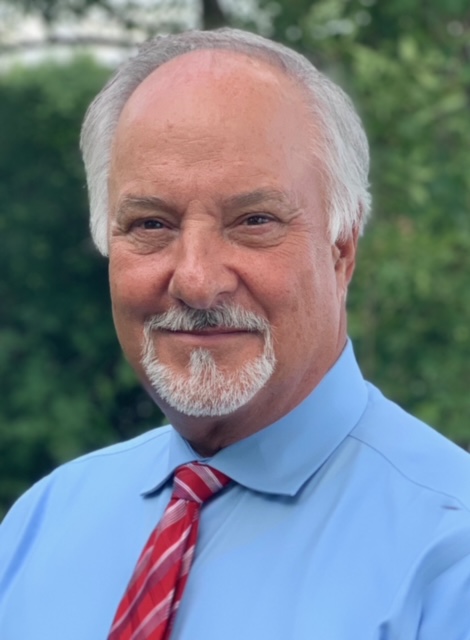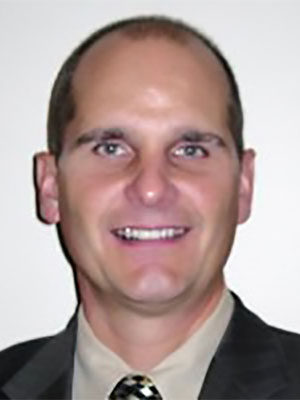By Bill Barth

The next sentence even shocks me. I rode my first two-wheeler 61 years ago.
It was a French-made robin’s egg blue moped, branded a “Mobylette,” and sold in America through the Montgomery Ward stores. For younger folks, Montgomery Ward was once a big department store chain, a major competitor to Sears Roebuck. For even younger readers, Sears Roebuck was … oh, never mind. Old people like me know what I’m talking about.
The Mobylette was handed down to me by Lee Barth, technically my uncle, but more like my big brother since our age difference is a little less than five years. Lee taught me to ride the thing. You had to pedal it to start the motor, which sometimes worked and sometimes didn’t. Between the two of us we wrecked it a lot. But back on the farm, miles from any place resembling a high-traffic zone, nothing more than bumps and bruises resulted.
Over the years the Mobylette was followed by Yamahas, Hondas and a real junkie Kawasaki. About 35 years ago I finally could afford a Harley, and I’m still riding Milwaukee iron. So is Lee. So are my sons. The bikes have seen nearly any road in Wisconsin, many in Illinois and Minnesota, along with Canada, Kentucky, Tennessee, the Carolinas, Myrtle Beach and, yes, the rally in Sturgis, South Dakota. It doesn’t get more American than that.
Which brings me to this news item, from the Milwaukee Journal Sentinel: “Harley-Davidson is moving more motorcycle production to Thailand, angering the union workforce in Wisconsin and Pennsylvania. The change is also notable for the iconic American company, which some years ago vowed it would never build bikes overseas for the U.S. marketplace.”
Ouch.
Whenever American-made comes to mind the Harley brand ranks top-of-mind. From the Atlantic to the Pacific the big machines are synonymous with U.S. manufacturing. On the other side of the pond Harleys are prestige products, stand-ins for the red, white and blue. Even people who know nothing about motorcycling know about Harley-Davidson.
Look, part of me gets it. In business, it’s all about making money. Traditions fall quickly in the face of declining revenues.
Likewise, too many Harley customers look like me. And Lee. A couple of antiques holding onto our youthful memories whenever we hear and feel our big V-twins rumble.
It’s not a good thing, from a business standpoint, that my two sons almost always are among the youngest riders at Harley destinations.
I don’t have an answer for that, or for any other strategy Harley might try to gain market share and keep traditions alive. I do know this: Harley enthusiasts will not be pleased with any plan that diminishes the made-in-America heritage.
I hope younger folks figure it out — and buy Harleys.
Meanwhile, if you see a couple of geezers cruising the pavement, it might just be me and Lee.
Safety and bikes
The fact that I’m still riding 61 years later suggests I pay attention to safety. Sometimes that’s not enough. Often, because people can be idiots.
The other day I was merging onto Interstate 43 after passing through that annoying series of roundabouts. I had accelerated to 60 or so when two muscle cars zoomed by, clearly racing, and were gone in a blink. How fast? Maybe 90, maybe 100, maybe more. Bumper to bumper, weaving lanes. The last I saw of them were brake lights well ahead, when they had to maneuver around traffic. Then they were gone.
Twice this summer — coming back from Lake Geneva — I’ve had vehicles hemmed in by traffic swerve onto the shoulder, at highway speed, to pass me and others.
I often take Cranston Road, just past Walmart, where two lanes merge down to one. On a motorcycle it takes serious diligence, because somebody is always gunning it to get ahead. The strange traffic pattern is there to accommodate a relatively new bicycle lane. As someone who lives in the area I often see bicyclists along Cranston. On the sidewalk. Not the street.
Also on Cranston. When Culver’s drive-through is busy it’s not uncommon to see vehicles park in the right lane of Cranston, waiting to get into the restaurant’s lot. Across the street, at Speedway, I’ve also seen dangerous traffic tie-ups as big 18-wheelers try to turn off Milwaukee Road to fuel up. When the station is busy the trucks just park and wait on the busy street. When that happens it’s not fun, on the cycle, to negotiate a turn from Milwaukee Road into Cranston traffic.
After years trying to make a buck in Beloit’s business community, I’m not criticizing Culver’s or Speedway. My sympathies are with the businesses.
It would make my day, though — and, I suspect, the same could be said for other motorists — to see more active traffic enforcement to deal with such hazards. And while you’re at it, take another look at Cranston Road traffic patterns. Those unused bicycle lanes need to go.
Bill Barth is the former Editor of the Beloit Daily News, and a member of the Wisconsin Newspaper Hall of Fame. Write to him at bbarth@beloitdailynews.com.



